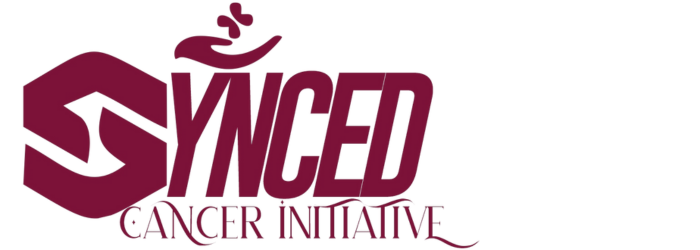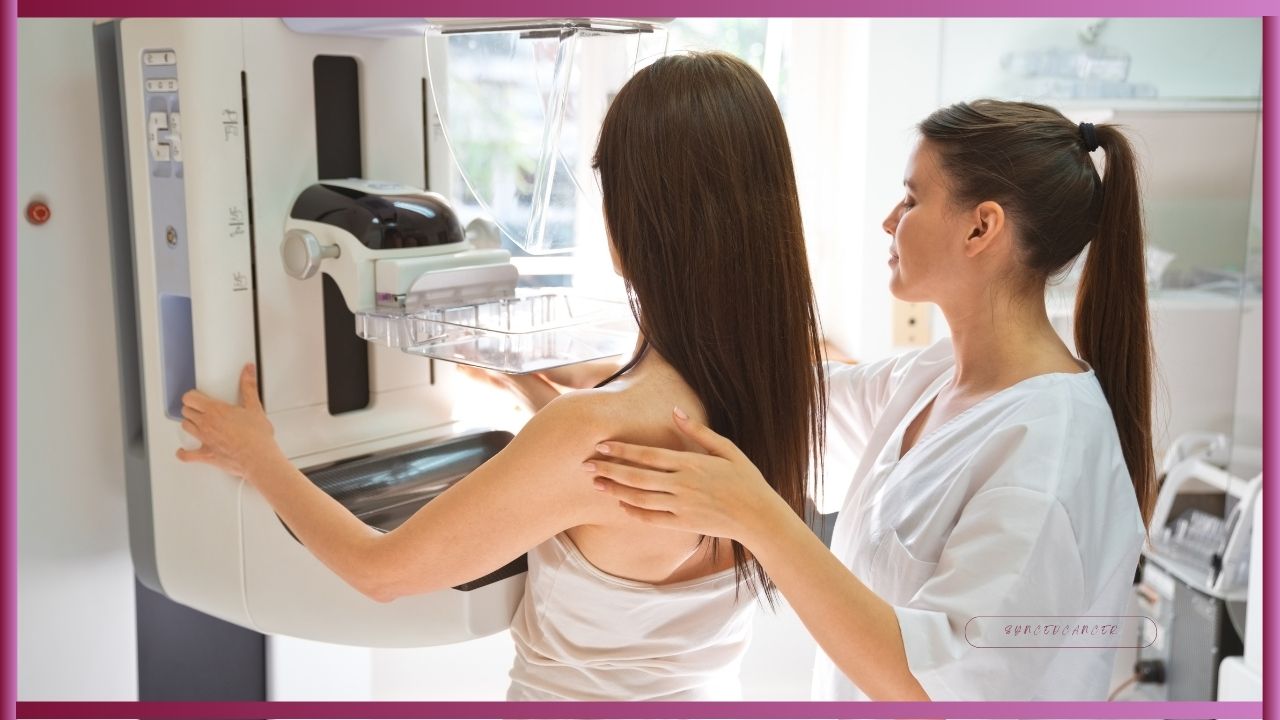There’s no sugar-coating the reality: breast cancer is the most common cancer among women globally. Early detection can distinguish between a manageable condition and a devastating diagnosis. That’s where mammograms come in. These low-dose X-ray screenings have saved countless lives by spotting breast cancer before symptoms appear. But as much as mammograms are a lifesaving tool, confusion still lingers around one central question: when should you get one?
Between shifting guidelines, personal risk factors, and the unease many people feel around cancer screenings, it’s easy to get overwhelmed. So, let’s break it down. This blog will take you through what a mammogram is, the evolving guidelines around when to start getting them, the role of personal and family history, and how to navigate screening decisions with your doctor. Whether you’re 25 or 55, the goal is to help you feel more informed, empowered, and better equipped to advocate for your health.
What Exactly Is a Mammogram?
A mammogram is a specialized X-ray of the breast designed to detect tumors or abnormalities that can’t be felt by hand. There are two types: screening mammograms and diagnostic mammograms.
- Screening mammograms are for people with no symptoms and are used as a routine check.
- Diagnostic mammograms are done when there are symptoms like a lump, pain, nipple discharge, or changes in breast shape or size.
Modern mammography can even include 3D mammograms (also called tomosynthesis), which create a layered image of the breast for greater accuracy—especially helpful for those with dense breast tissue.
Why Mammograms Matter
Mammograms don’t prevent breast cancer. What they do is improve the chances of catching it early. And early detection can lead to less aggressive treatment and a much better chance of survival.
According to the American Cancer Society, when breast cancer is found early and is still localized (meaning it hasn’t spread), the 5-year survival rate is about 99%. However, only 65% of breast cancers are caught at this stage. That gap is often due to delayed screening or lack of access—especially among marginalized groups.
When Should You Start?
It isn’t a one-size-fits-all answer, and guidelines differ slightly depending on the organization. Here’s a breakdown of the most recognized recommendations:
- U.S. Preventive Services Task Force (USPSTF): Recommends that women at average risk begin biennial (every two years) screening at age 40. This is an update from their previous recommendation to start at age 50.
- American Cancer Society (ACS):
- Ages 40–44: Optional annual screening.
- Ages 45–54: Annual screening.
- Ages 55 and older: Can switch to biennial or continue yearly screening as long as they are in good health.
- American College of Radiology (ACR): Recommends annual mammograms beginning at age 40 for all women at average risk.
Most oncologists agree that starting screening at age 40 is a good rule of thumb for people at average risk. However, for some individuals, mammograms might need to start even earlier.
Risk Factors That Could Change Your Mammogram Timeline
Not everyone falls under the “average risk” category. Some people need earlier and more frequent screenings. Here are the key risk factors that might change your screening schedule:
- Family History of Breast or Ovarian Cancer: If your mother, sister, or daughter has had breast cancer, especially at a young age, your own risk increases significantly. In some cases, doctors may recommend starting mammograms 10 years earlier than the age your relative was diagnosed.
- Genetic Mutations (e.g., BRCA1 or BRCA2): These inherited gene mutations dramatically increase the risk of breast and ovarian cancer. If you carry one of these mutations, your doctor may suggest annual breast MRIs and mammograms starting as early as age 25–30.
- Personal History of Breast Cancer: If you’ve already had breast cancer, you’re at risk for recurrence or developing a new cancer. Your follow-up care will likely include more frequent mammograms and possibly MRIs.
- Radiation to the Chest Before Age 30: People who had radiation therapy to the chest area (often for childhood cancers like Hodgkin’s lymphoma) are considered high-risk and should start screening early.
- Dense Breast Tissue: Dense breasts not only make it harder to detect cancer on a mammogram, but they are also an independent risk factor for breast cancer. Your doctor may recommend supplemental imaging like ultrasound or MRI in addition to regular mammograms.
The Emotional Side of Screening
Getting a mammogram isn’t just a medical decision. It’s an emotional one, too. For some, it triggers anxiety, especially if there’s been a cancer scare or loss in the family. Others might avoid screenings out of fear, cost, or accessibility barriers.
Talking openly with your doctor about any fears or logistical concerns is essential. Many programs offer free or low-cost mammograms for uninsured or underinsured people. And increasingly, clinics are offering same-day results to help ease the anxiety of waiting.
How to Talk to Your Doctor
When deciding when to get your first mammogram or how often to repeat it. Here are a few helpful questions to ask your provider:
- What is my risk level based on my personal and family history?
- Should I consider genetic testing or a risk assessment tool?
- Are there alternatives or additions to mammography that I should consider?
- How do I interpret my mammogram results, and what are the next steps if something shows up?
Conclusion
Mammograms save lives. But knowing when to get one isn’t just about following generic guidelines; it’s about knowing your risk factors, talking openly with your doctor, and being proactive about your breast health.
Even when there is an abnormal mammogram, do not panic; it doesn’t mean you have cancer. It simply means that something unusual has been spotted and needs further evaluation. Most follow-up exams, including diagnostic mammograms or biopsies, are benign (non-cancerous). But early investigation is crucial.
Start the conversation early. Ask the hard questions. And remember: it’s not just about living; it’s about living well and staying ahead of disease through informed, timely action.
References
Synced Cancer Initiative – https://syncedcancer.com/mammograms-a-proactive-health-screening-2024/
Accessed 24th June,2025











What do you think?
It is nice to know your opinion. Leave a comment.